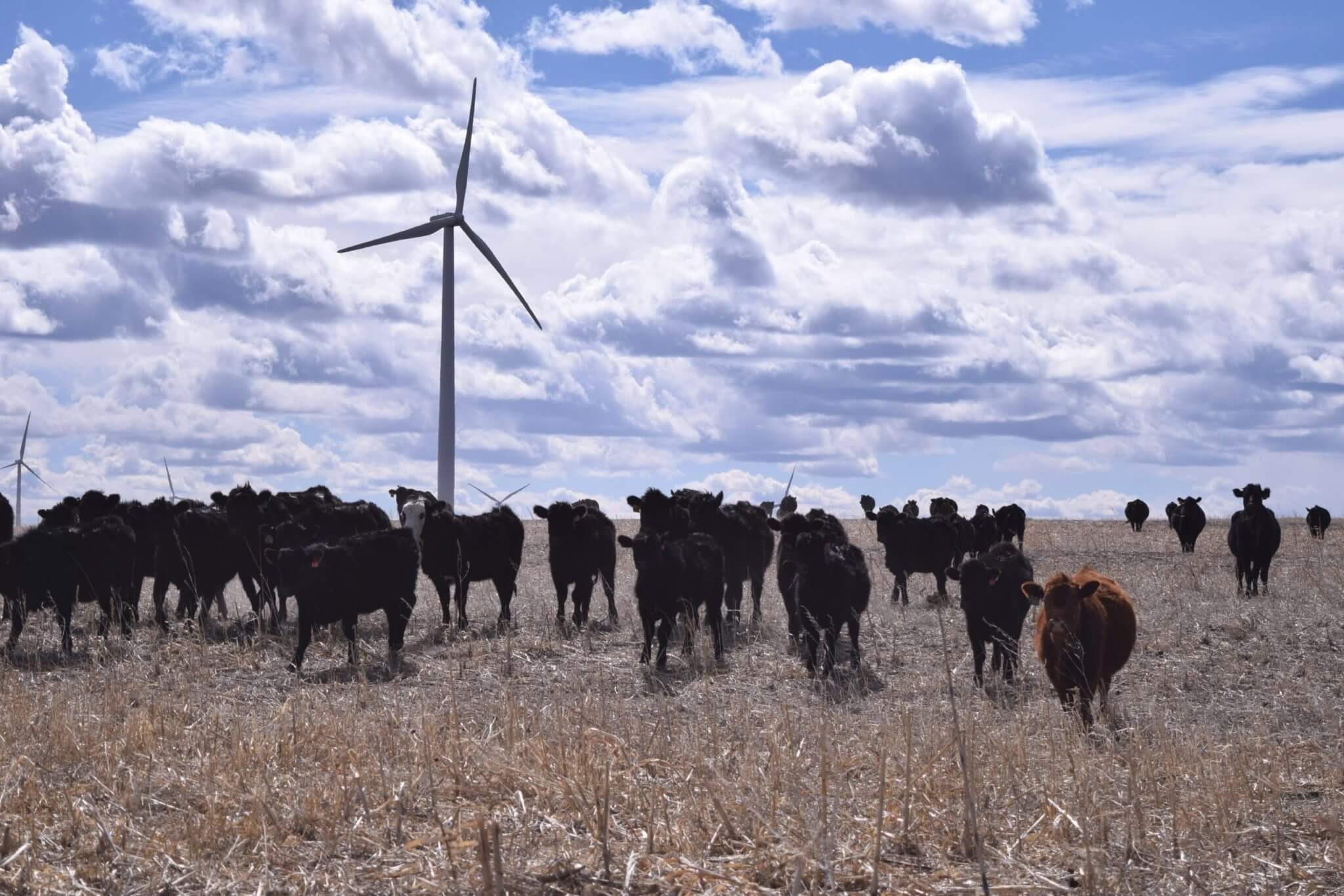American farmers are harvesting the wind
America’s farmers work hard to put food on our tables. And now more and more of them are able to rely on a new cash-crop – wind energy. Wind power is rapidly growing in America’s heartland, supplying enough electricity for 20 million homes, and that’s helping keep farms in the family and families on the farm.
In honor of National Farmers Day, we’re releasing a new video that includes some of the stories we’ve heard from farmers and ranchers across the U.S. who have seen the benefits of wind energy firsthand.
“The wind towers have been a boon for this area…I just think they’re fantastic and I wish the whole farm was covered with them.”
Wind farm operators pay landowners to lease portions of their property for the construction of wind turbines. Because the average wind farm leaves 98 percent of land undisturbed, farmers can continue harvesting crops uninterrupted, with the added benefit of dependable revenue from wind turbine lease payments, totaling $222 million every year at the end of 2015.
“With farming it’s different year to year. You can do everything right…mother nature can decide differently. With the wind it’s a steady flow of money coming in, and that’s what we like about it.”
Farmers can count on the wind turbines because they use no fuel and no water. Though wind strength fluctuates, it’s always blowing somewhere, and over the course of a year utilities and grid operators can accurately predict how much wind will be available.
Wind power is creating an opportunity of unheard scale for rural America. In fact, its contributions to farmers are growing to the point that Bloomberg Businessweek recently call wind power “the new corn” for struggling farmers. Bloomberg New Energy Finance estimates rural landowners who lease their land to wind farms could reap as much as $900 million a year in total by 2030.
The benefits of wind energy expand beyond individual farms to the broader community. More than $100 billion of wind power investment has gone into low-income counties—where about 70 percent of wind capacity is located.
For example, MidAmerican Energy recently announced the 2,000 megawatt Wind XI project, which will be the “largest economic development project in (Iowa’s) history.” Those investment contribute to the tax base, which ultimately improves local services like schools and roads.
https://www.youtube.com/watch?v=gWGVw-Px8QI
“The more wind farms that come in, the more people who move here, it’s just better off for the community as a whole.”
Wind farms create new jobs in construction, operations and maintenance, bringing new faces into a community and contributing to long-term economic health.
Wind power has come a long way in a short time, growing to supply five percent of U.S. electricity today and on track to supply 20 percent by 2030. The U.S. wind industry is projected to continue its strong growth, and many American farmers are finding they get along with wind just fine.





